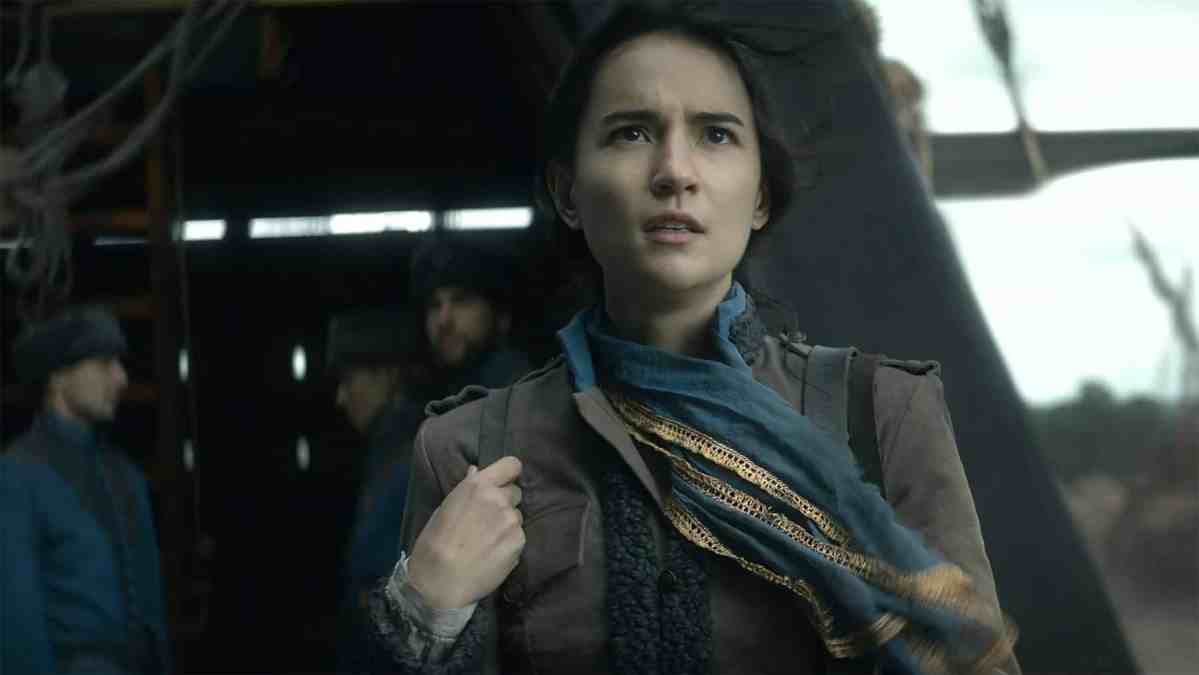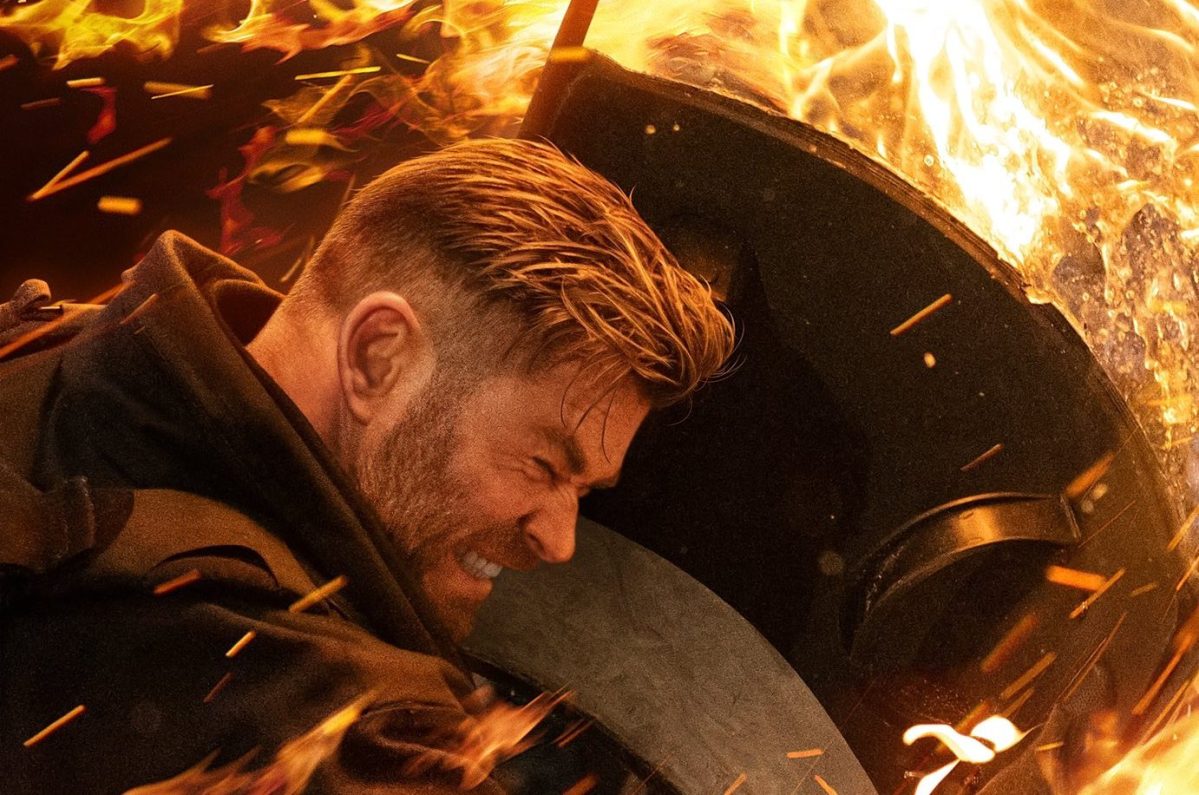Shadow and Bone arrived on Netflix this past weekend as a late addition to the young adult boom.
The modern young adult boom can trace its roots back to the success of the Harry Potter adaptations at Warner Bros. Collectively, the eight films in the original series grossed $7.7B, briefly becoming the highest-grossing film franchise in the world. Of course, the box office was the tip of the iceberg. There are the television rights, merchandising, and theme park options to consider. Estimates place the value of the Harry Potter multimedia empire at around $25B.
Naturally, every other studio in Hollywood wanted a piece of that. Production companies eagerly snatched up the film and television rights to every young adult property that they could find. The influence of Harry Potter was obvious even in the structuring of these adaptations. The most successful of the young adult adaptations to follow the Harry Potter films – the Twilight and Hunger Games franchises – pointedly split the final book into two films to capitalize on the investment.
Not every property was a hit. Some franchises like The Hunger Games and Twilight enjoyed great success, while others like The Maze Runner and Divergent seemed to complete their adaptations out of obligation rather than any internal enthusiasm. Some of these young franchises faltered out of the gate, with The Host and The Golden Compass failing to earn sequels. Others, like the recent Chaos Walking, stumbled blindly through development hell, escaping as much as releasing.
Shadow and Bone feels like a product of this same young adult “gold rush,” even if the focus has shifted from film to streaming. After all, the book had originally been optioned by DreamWorks back in 2012, before the release of The Hunger Games. However, the project eventually found a home at Netflix in January 2019. While the cinematic strategy with these sorts of series is generally to adapt each entry as a two-hour film, Shadow and Bone adapts the first book as an eight-episode series.

To be fair, the initial eight-episode season also integrates elements from the spin-off novel Six of Crows. Still, that’s a lot of storytelling real estate to fill. Inevitably, the first season of Shadow and Bone succumbs to the infamous “Netflix bloat,” the sense that events are taking far longer than they need to and the show is meandering for the sake of meandering. Of course, plot isn’t everything. There is something to be said for giving a narrative space to unfold and letting it take its time.
Some of the best films and shows are willing to let the audience luxuriate in the characters. The problem with Shadow and Bone is that the characters all feel very familiar and very archetypal, conforming to familiar templates from other stories like this. There are few surprises in Shadow and Bone, to the point that even the audience members who have not read the source material will remain a step or two ahead of the narrative – which is a problem when the narrative moves so slowly.
Alina Starkov (Jessie Mei Li) is an unassuming young orphan and mapmaker who finds herself prophesied to be the Sun Summoner, a Chosen One who can save the realm. Malyen “Mal” Oretsev (Archie Renaux) is Alina’s best friend since childhood, who has never realized how much she loves him. General Kirigan (Ben Barnes) is a seductive mentor figure who seems to have very important plans for Alina and her gifts, even as he insists that he has her best interests at heart.
This seems like an unfair criticism of Shadow and Bone, but it gets at one of the biggest issues with the series – and an interesting observation about these young adult adaptations in general. After all, very few of these stories are unpredictable or surprising. Many of these stories are classic heroes’ journeys. Many of the characters are generic, perhaps even designed to let the reader or audience member imprint themselves upon the character as they undertake this adventure.

Maybe it isn’t the characters at all. If the characters tend to be constructed in generic and archetypal terms, maybe the key to a successful young adult adaptation is in the casting. In an era where movie stars are increasingly rare and seemingly disposable, likely due to the rise of intellectual property and the decline of star-driven genres like romantic comedies, these adaptations seem to be the rare genre that is completely dependent on star power.
Consider the Harry Potter franchise. While it’s debatable to what extent the three young actors are old-fashioned movie stars, the leads have worked consistently since. Emma Watson has starred in box office hits like Beauty and the Beast and Oscar nominees like Little Women. Daniel Radcliffe and Rupert Grint have perhaps pushed into the space reserved for character actors, working on projects like Servant and Snatch for Grint and Swiss Army Man and Imperium for Radcliffe.
However, this trend is more obvious looking at the young adult projects that followed the Harry Potter series. The Hunger Games series is perhaps the prime example. It is maybe the most highly praised of the post-Potter young adult adaptations, with each entry fresh on Rotten Tomatoes. The Hunger Games franchise went on to gross more than $2.9B worldwide. Despite the disappointing box office for the final film in the series, Lionsgate is reportedly considering a prequel.
However, this may be a miscalculation. The Hunger Games franchise is inseparable from the success of Jennifer Lawrence. Lawrence signed on to The Hunger Games while she was a hot property in Hollywood. When she inked the deal in March 2011, she was fresh from her first Oscar nomination for her work in Winter’s Bone and busy shooting X-Men: First Class. Lawrence managed that rare hybrid of commercial and awards success.

Over the six years from 2011 to 2016 inclusive, a period bracketing the annual release of each of the four Hunger Games films between 2012 and 2015, Lawrence would become the youngest woman to score four Oscar nominations. Lawrence would win for her work on Silver Linings Playbook. That is an incredible run, and Lawrence did it while working on both the Hunger Games and X-Men franchises.
After the Harry Potter and Hunger Games franchises, the Twilight film series is perhaps the third most successful young adult adaptation. While the critical reception to the films was less than enthusiastic, the five films collectively grossed $3.3B worldwide. For better or worse, the Twilight films have a sizable cultural footprint. They are instantly recognizable and still subject to much debate and discussion. Again, that discussion seems to be inseparable from the two leads.
Robert Pattinson and Kristen Stewart followed similar trajectories after Twilight, establishing their character actor bona fides before transitioning back to high-profile leading roles in expensive movies. Stewart worked with Olivier Assayas on Clouds of Sils Maria and Personal Shopper before returning to blockbusters with Charlie’s Angels and Underwater. Pattinson worked with David Cronenberg on Cosmopolis and Maps to the Stars before re-entering the mainstream with Tenet and The Batman.
Of course, not all of these performers enjoyed strings of critical and commercial successes. Lawrence’s post-Hunger Games struggles opening movies like Red Sparrow and mother! are often cited as proof of the decline of the movie star as an institution. Pattinson has joked that if The Batman fails he will consider a career in “art house porn.” However, these leading actors all went on to have interesting and vibrant careers outside the adaptations that arguably established them.

Looking back at the young adult franchises that struggled, it often seems like they lacked for that certain star power. Dylan O’Brien and Shailene Woodley are solid actors who have done good work and often suffered from personal and career misfortunes, but franchises like The Maze Runner and Divergent lack for that certain je ne sais quoi. The same is arguably true of Dakota Blue Richards in The Golden Compass or Logan Lerman in Percy Jackson & the Olympians: The Lightning Thief.
Of course, this isn’t a perfect argument. Saoirse Ronan is often considered among the finest actors of her generation and became the second youngest woman (after Lawrence) to receive four Oscar nominations. However, even Ronan’s talent wasn’t enough to save The Host. Still, it’s interesting that movie stardom tends to correlate more strongly with the success of these adaptations than with other genres. Sam Worthington hasn’t become a household name since Avatar, for example.
Ironically, movies can suffer from casting actors who are too talented. Chaos Walking snagged two promising young actors in Daisy Ridley and Tom Holland in November 2016, just as their franchise obligations were heating up: Ridley with The Last Jedi and The Rise of Skywalker, and Holland with Spider-Man: Homecoming, Avengers Infinity War, and Avengers: Endgame. These commitments made scheduling reshoots a nightmare, keeping the film in stasis for years.
Still, despite the potential risks of casting talented young actors that might quickly accrue other franchise commitments, there is a lot to be said for the importance of casting in these sorts of adaptations. Casting young actors is tough. It is difficult to find that star quality, especially in younger performers. This is why talented performers like Tom Holland or Timothée Chalamet seem to pop up in discussions about the casting of every male character between a certain age.
Shadow and Bone is a lavish adaptation by any measure, with beautiful costumes and sets. However, the cast struggle to breathe life into the familiar archetypes that populate the story. It’s interesting to wonder if the series doesn’t need a Sun Summoner so much as a star.














Published: Apr 27, 2021 4:00 PM UTC